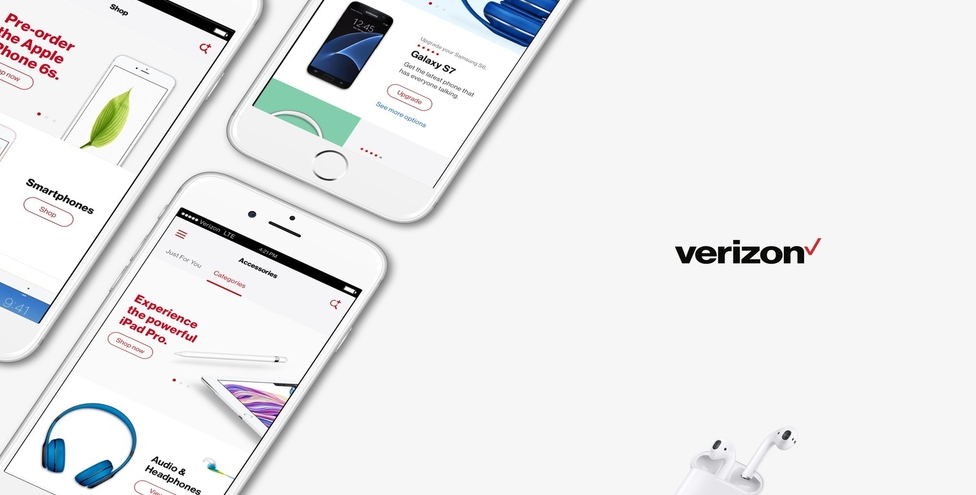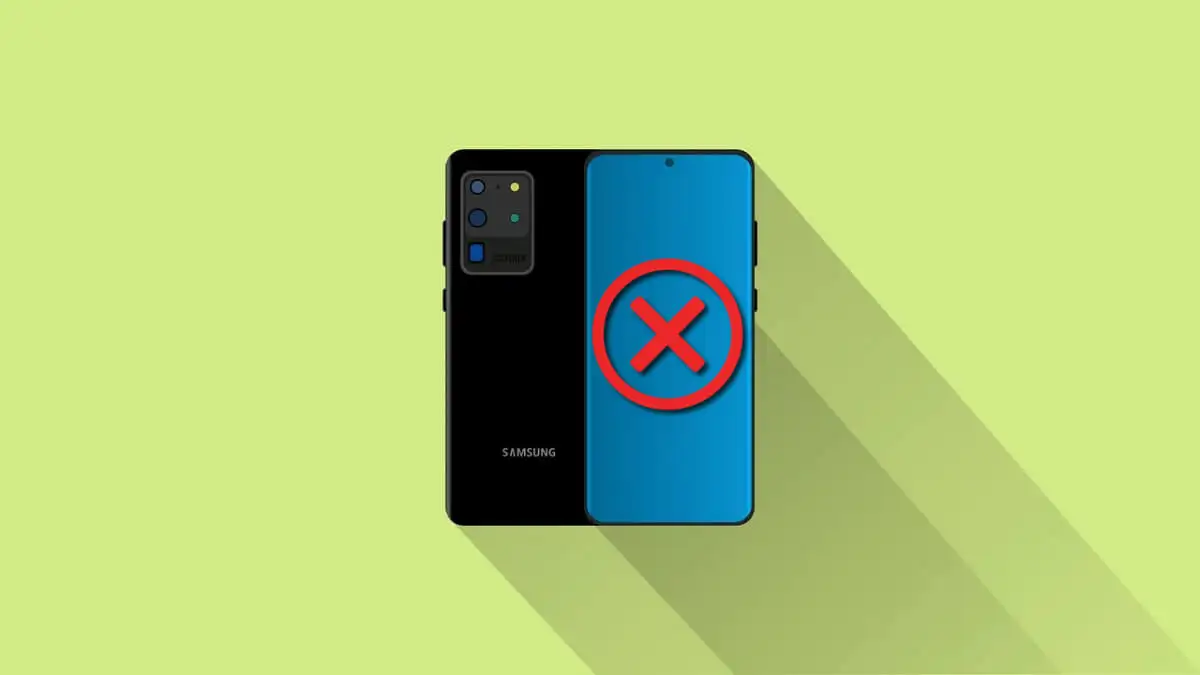Are you experiencing poor network connectivity on your Verizon phone? Updating your phone’s towers can significantly improve your network coverage and speed. In this article, we’ll show you how to quickly update the towers on your Verizon phone.
Cell phone signal boosters make the most of signals from every carrier, but how do you know what’s causing your signal to be weak, to begin with? Carriers like AT&T, Verizon, Sprint, T-Mobile, and U.S. Cellular love to showcase their colorful maps of “nationwide coverage,” but how do you pinpoint the signal in your precise location?
Websites, apps, signal meters, and a little elbow grease can help you find a cell tower near you. We’ve tested all the options ourselves, and we’re ready to pass our wisdom on to you.
 Update My Towers on My Verizon Phone
Update My Towers on My Verizon Phone
Plenty of websites offers interactive cell tower maps to pinpoint the nearest cell phone tower to your current location. These are a few of our favorites.
PS: cell phone service providers update their information daily and don’t provide official cell tower maps, so that results may vary.
Our favorite website for locating towers in your area, Cellmapper, provides the most reliable, up-to-date information for wherever you find yourself. Its functional — but not user-friendly — design does require a little experimentation to navigate. Still, once you orient yourself, it does provide reliable cell site locations for all major carriers.
Extra Credit: For AT&T, T-Mobile, or Sprint subscribers, type in ‘310’ before selecting your provider. Verizon subscribers can type ‘311’. Coupled with your zip code or address, this method should immediately reveal the towers in your area.
In truth, it doesn’t show you the precise site of your nearest cell tower, but OpenSignal does have up-to-date coverage heatmaps for carriers in your vicinity. This site gives you a general idea of the strength of coverage in nearby areas.
AntennaSearch isn’t the prettiest or the easiest to navigate, but it is chock full of helpful information. With a bit of patience and a lot of exploration, you can gain some vital insights into your local cell tower location, as well as lots of valuable information for the more technically inclined.
CellReception includes towers and current user reviews in your area, but their data on cell towers is lacking. Some data is still better than no data, and this site works relatively well when supplemented by other methods for finding your nearest cell tower.
Nationwide carriers don’t always guarantee national coverage. Each service provider falls victim to certain pockets of weakness in the U.S., so it’s best to do a little research for yourself. Using your address and zip code, it’s relatively easy to sniff out the most vital service provider in your area.
- Search for domestic or international coverage
- Zoom in to sixteen times magnification
- Filter map data by voice, data, or prepaid coverage
- Search locations by address, postal code, country, or landmark
- Search locations by address, city, or postal code
- Includes an interactive map
- Zoom in to six times magnification
- Shows region and route data for up to five addresses
- Zoom in to eleven times magnification
- Search locations by address
- Filter map data by voice or data coverage
- Zoom in to twelve times magnification
- Search locations by address
According to your findings, you may or may not find your location “covered”. While this information is helpful, it doesn’t indicate the location of your nearest cell tower. Because these maps are designed as marketing tools, their coverage areas don’t measure the strength of that coverage. So even if you find yourself under a colorful blob of “coverage”, you may still notice dropped calls, slow download speeds, and a weak signal overall. A cell tower locator is still the most reliable means to finding the strongest signal.
Like the websites we’ve tried, there are also many apps designed to locate your nearest cell phone tower. These apps can map out the closest cell phone tower using your location — though their accuracy is hard to verify. It is, however, helpful to get a general idea of how strong your phone’s service is, according to your phone. We’ve listed a few of our favorites to help find cell phone tower locations and coverage quality:
OpenSignal (Recommended): For iPhone and Android
Currently the best option for most (see Update) iPhone users, this app features a compass that points you in the direction of your carrier’s nearest cell phone tower, as well as a map.
UPDATE: We’ve received reports that OpenSignal on the latest iPhones no longer points toward your cell tower, so, sadly, there are even fewer options for iPhone users than before.
Network Cell Info Lite (Highly Recommended): Android Only
While Network Cell Info Lite is a better application overall, it only works for Android. It shows your nearest cell tower AND its ID number, giving you a more accurate reading for dB and dBm, so you can better understand your signal strength. Like our professional installers, you can use dBm as a direct measurement of signal strength, which is far more reliable than the bars on your phone.
LTE Discovery (Recommended): Android Only
LTE Discovery is a powerful, in-depth tool that’s user-friendly enough to show the best cell service in your area — and it’s used most often by industry professionals.
RootMetrics’ Cell Phone Coverage Map: For iPhone and Android
RootMetrics is a strong indicator of signal quality in your area, though it does not have a cell phone tower map. You may not be able to find your nearest cell tower, and you can explore a local heatmap that’s crowdsourced for real-world signal strength.
While none of these apps can boost our signal, they can help locate the general vicinity of your nearest tower and get an idea of the signal strength in your area.
How about some good old-fashioned reverse-engineering to find your phone’s nearest tower?
All cellular devices operate over radio waves, measured in dBm (decibel-milliwatts). The standard frequency falls between -50 dBm to -120 dBm, with -50 dBm the strongest and -120 dBm the weakest (total dead zone).
The bars you see on your phone are an attempt at conveying this strength, though it’s up to your carrier to define the actual correlation. Meaning, dBm signal strength and the number of bars are somewhat arbitrary. Sprint’s 1 bar could be equivalent to Verizon’s 3 bars, even when the dBm is identical.
Bars may be subjective, but dBm readings are not. The closer you are to -50 dB, the better your signal. The closer you are to -120 dB, say goodbye to your signal. Fortunately, your smartphone can display these dBm readings for you.
Please note: Apple has hidden dBm readings in iPhone field test mode since releasing iOS 11 and 12, but depending on your iPhone chipset (Intel or Qualcomm) and your carrier (Verizon, AT&T, T-Mobile, or Sprint), there is a potential workaround.
- Dial *3001#12345#*
- Choose LTE
- Choose Serving Cell Means
- Your dBm can be read as rsrp0
- Dial *3001#12345#*
- Choose 1xEV-DO
- Your dBm can be read as RX AGC0
- Dial *3001#12345#*
- Swipe down the notifications bar
- Your dBm can be found in the upper left-hand corner of the screen
Incompatible carriers and chipsets won’t access these options, but the second-best option is a speed test performed around your home.
Field test mode on Android varies by model and operating system but is usually found under the Settings menu.
- Select Settings
- Select About Phone
- Select Status or Network
- Select SIM Status
- Your dBm can be found under Signal strength
Once you’ve found your dBm reading, explore the perimeter of your home and take note of the areas with the most vital dBm reading. This will indicate the general direction of your cell phone tower and where you can find the best reception.
Your phone will generally connect to the nearest tower, but with the construction of new towers and various adjustments, it’s possible you can do better. Tower updates vary by carrier and device, but the process is simple.
1. Turn the Network Off and Back On (fastest & easiest)
Toggle the “Airplane” icon off and back on to reconnect to the network. Easy!
2. Download iPhone Carrier Update
- Connect to your Wi-Fi network (or the AT&T network), then swipe up on the screen to show the iPhone Control Center. Tap the “Wi-Fi” icon to turn it on.
- Tap the “Settings” icon on your home screen, then select the “General” option
- Tap “About” and then “Install” to install a carrier update (if an AT&T carrier update is available)
3. Restart iPhone
When all else fails: Turn it off. Turn it back on. Voila!
- TURN THE NETWORK OFF AND BACK ON (FASTEST & EASIEST)
Swipe down from the top of the screen to the Quick Settings menu. Tap “Airplane” to turn it on. Wait 10 seconds, then tap “Airplane” again to turn it off.
You can update your carrier settings by updating the newest version of the Android OS available for your device.
- Tap the “Settings” icon, then select “About device”.
- Select “Software Update”, then wait for your phone to search for an update.
- Tap “Install Now” to install the update on your Android device. Once the update has been downloaded and installed, your Android will be using the newest carrier settings and the newest AT&T towers.
- RESTART ANDROID DEVICE
For this and all electronic devices: Turn it off. Turn it back on. *Chef’s kiss*
Updating to the latest Verizon cell towers is a snap and can be done several ways.
Restarting your device usually causes the location memory of your phone to reset, causing it to reach out to the nearest towers. If there’s a tower that’s popped up recently, your phone will find it.
Alternatively, you can dial “*288” and select “2” when prompted. This will cause your phone to update to local Verizon towers, which can take up to two minutes.
A final method is to dial “*22899” and press “Send.” A musical ringtone will play, and a recorded voice will instruct you to hold while your phone is being programmed. You should hear a few beeps a few seconds later, and “Programming Successful” will appear on your display. Your Verizon cell towers are now updated.
To update your T-Mobile towers, you can try the AT&T method above or this alternative restart method:
- Power off your device
- Remove the SIM card
- Wait a minute
- Re-insert the SIM card and power your phone back on
- Your phone should automatically perform a T-Mobile tower update
Updating your Sprint cell towers requires a PRL (preferred roaming list) update to your device.
- Select “Device Management”
- Choose “Update the PRL (Preferred Roaming List) on your device”
- Follow the instructions
The suitable old-fashioned restart method (above) is best for US Cellular customers looking to update their cell towers. Either go into Airplane mode on your phone (described above), or power off, remove your SIM card, wait a minute, replace it, and power the device back on.
While Field Test Mode (using dB) is an excellent way for most of us to find our strongest signal, a signal meter is by far the most accurate method used by installers, contractors, and overachievers.
The signal meter is a handheld device that pinpoints all 4G and 3G frequencies and bands, displays signal strength in dBm, and gives accurate cell tower direction within a 45 to the 90-degree radius. It is a worthwhile investment for professional telecom users.
5G cell towers are not like the 4G, LTE, and 3G cell towers we know and love.
For those living in 5G areas, you’ll know it. These cell towers are everywhere, with far more density than a 4G tower requires. They’re so small that they can be placed on lighting fixtures, the tops of buildings… even underground.
Most major carriers have yet to fully implement 5G in even the most populated urban areas, making 5G coverage maps the thing of science fiction. But stay tuned…
A cell phone tower (or cell site/Base Transceiver Station) is a structure that emits a cellular signal as a “cell” in a network. This is accomplished through a labyrinth of transceivers, digital signal processors, control electronics, primary and backup electrical power, and GPS receivers. They’re transmitters of radio signals.
From there, each tower is different. Even if you’re staring up at a cell tower right this very moment, it might not contain the transceivers that utilize frequencies for your carrier, or maybe those transceivers are pointed away from your location.
Generally, cell towers use power to generate radio waves at a particular frequency. Your cell phone is tuned in to a specific frequency range (or band) depending on your carrier and the features you’re trying to use.
If you’ve had enough of dropped calls, unsent emails, slow loading internet, and poor signal, you have two options: a landline WiFi connection, or you can BOOST your cellular signal today.
Cell phone signal boosters are potent devices that reach your nearest cell tower, pull in the signal, amplify it up to 32X, and then rebroadcast that boosted signal throughout your home or office.
- Boost cellular signal for all phones & all carriers.
- Flexible solutions: 1-2 rooms up to 7,500 homes, up to 100,000 sq ft for enterprise models.
- Better talk, text, and faster internet. Reliable connection & service.
- Complete kits, easy install, no monthly fees.
- More bars or YOUR MONEY BACK.
In addition to updating phone towers, there are several other ways to improve network connectivity on your Verizon phone. One of the most common solutions is resetting network settings. This can help fix any issues related to connectivity and configuration. Simply navigate to your phone’s settings and locate the “Reset Network Settings” option. This will erase all your saved Wi-Fi passwords, Bluetooth connections, and VPN settings, so you will need to set them up again after resetting.
Another way to improve network connectivity is by updating your phone’s software. This can be done by navigating to your phone’s settings and checking for available updates. Updating your phone’s software will not only improve network connectivity but also improve performance and security.






